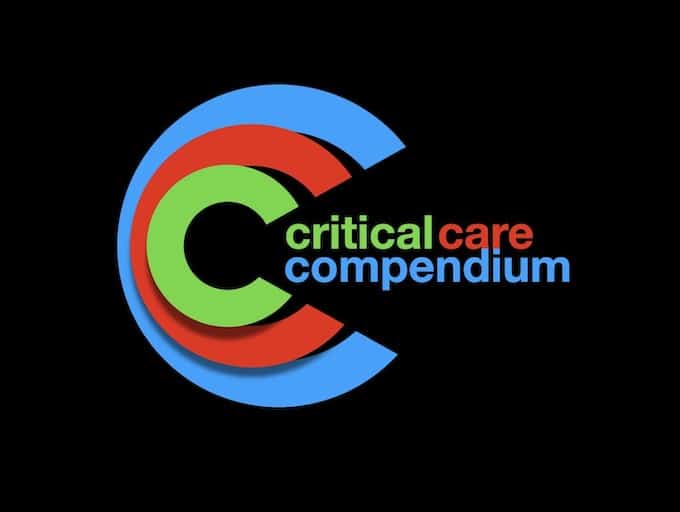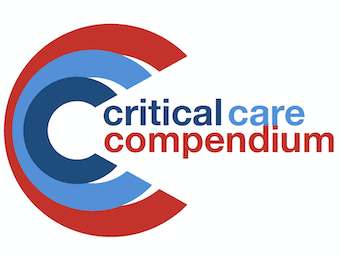
Isoniazid toxicity
Isoniazid toxicity, like other hydrazines, primarily cause life-threatening seizures and lactic acidosis through depletion of vitamin B6. The antidote is pyridoxine

Isoniazid toxicity, like other hydrazines, primarily cause life-threatening seizures and lactic acidosis through depletion of vitamin B6. The antidote is pyridoxine

Acute Paracetamol Toxicity: following overdose glucuronidation and sulphation pathways are rapidly saturated -> increased metabolism to NAPQI (N-acetyl-P-benzoquineimine); glutathione is required to inactivate NAPQI and when levels depleted -> hepatocellular death takes place

Liver Failure in Toxicology common agents: paracetamol; iron; idiosyncratic; illicit and herbal; alcohol

MRI Head: T2 (transverse relaxation time constant) = water/CSF is white. T1 (longitudinal relaxation time constant) = water/CSF is black

Chest X-ray interpretation

CK-MB: creatine kinase dimer of M and B chains; found mainly in myocardial cytosol (also in skeletal muscle); one of three isoenzymes of creatine kinase (CK)

CRP = C-reactive protein OVERVIEW discovered in 1930 by studying Streptococcus pneumoniae infection -> named for its ability to bind to the somatic C-polysaccharide of such bacterial belongs to the family of pentraxins (calcium dependent ligand-binding plasma proteins) Normal range…

Cerebrospinal fluid (CSF) is a clear, colorless body fluid found in the brain and spinal cord.

CT Chest: contrast used to highlight mediastinal structures; entire thorax imaged with no skip areas; slices are 5-10mm thick

CT Head scan interpretation and differential diagnosis

Erythrocyte Sedimentation Rate (ESR): non-specific marker of inflammation; slower to respond than CRP

Somatosensory evoked potentials (SSEPs) consist of a series of waves that reflect sequential activation of neural structures along the somatosensory pathways. SSEP of particular interest in critical care, due to their role in neuroprognostication